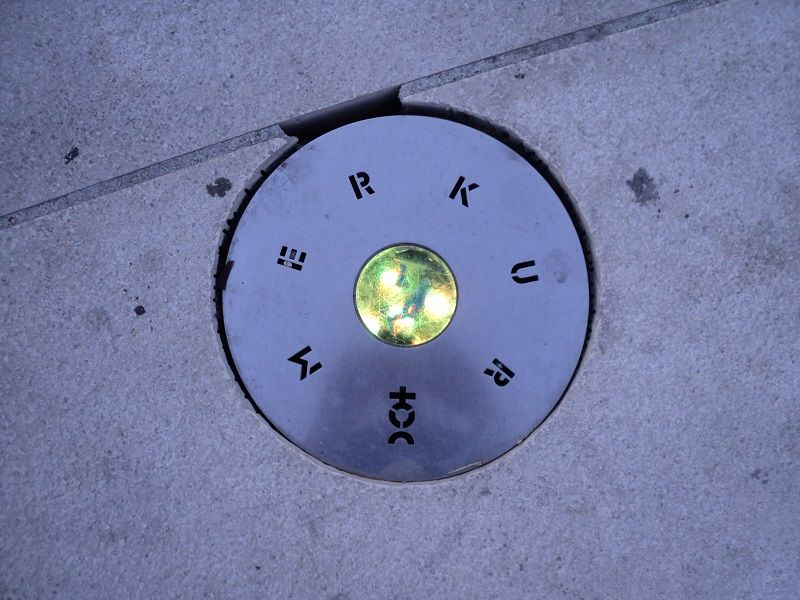If you visited Zadar, what would be the first thing you'd tell your friends about - the church of St. Donatus? The unique Sea Organ that has flocks of people gathering to hear the waves play music? If you made a list of things that caught your eye (or ear), one of the first items would probably be the Monument to the Sun, called Pozdrav Suncu in Croatian.
Located on the paved waterfront, the installation's name literally translates to Greeting to the Sun and means to symbolise interaction of people with the sun. The installation is composed of 300 solar modules arranged in a circle shape with a diametre of 22m, then covered in a thick layer of glass to protect the solar panels from damage. During the day, the solar-powered attraction absorbs enough light to power not only itself, but also to produce half of the total amount of energy required to light the whole watefront.
What does it do? After sundown, when it gets dark enough, all that produced energy is used to power an attractive light show. It leaves adults amused and filming short videos of alternating light patterns, while fascinated kids run around the Sun's surface. Apart from the main installation, other similar panels have been installed in the vicinity of the Sun, representing other planets of the solar system. Here's what Mercury looks like in proportion to the Sun:
All that jumping and running around has left the poor site a bit cracked and weary, so the Town of Zadar finally decided to renovate the installation for the first time in 10 years, reports Morski.hr.
Apart from repairing the damaged solar modules and updating the technical equipment, the project will include a couple of new cool features. The new system will modernise the existing option that has the Sun connected with the Sea Organ in order to have the light-show patterns correspond to the sounds of the waterfront instrument, playing in perfect unison.
To make things even better, visitors will now be able to interact with the Sun and create unique light effects by walking on the installation surface; the same feature will be installed in four other bigger 'planets'. The communication system will also be available online, and the installation will be updated with new technical options for creating various pre-programmed light shows. The attraction was fun to observe as it is, but it's always more entertaining to participate, isn't it?
While we wait for the much needed touch-up of one of Zadar's focal tourist points, here's a video showing what the Greeting to the Sun looks like in action:



